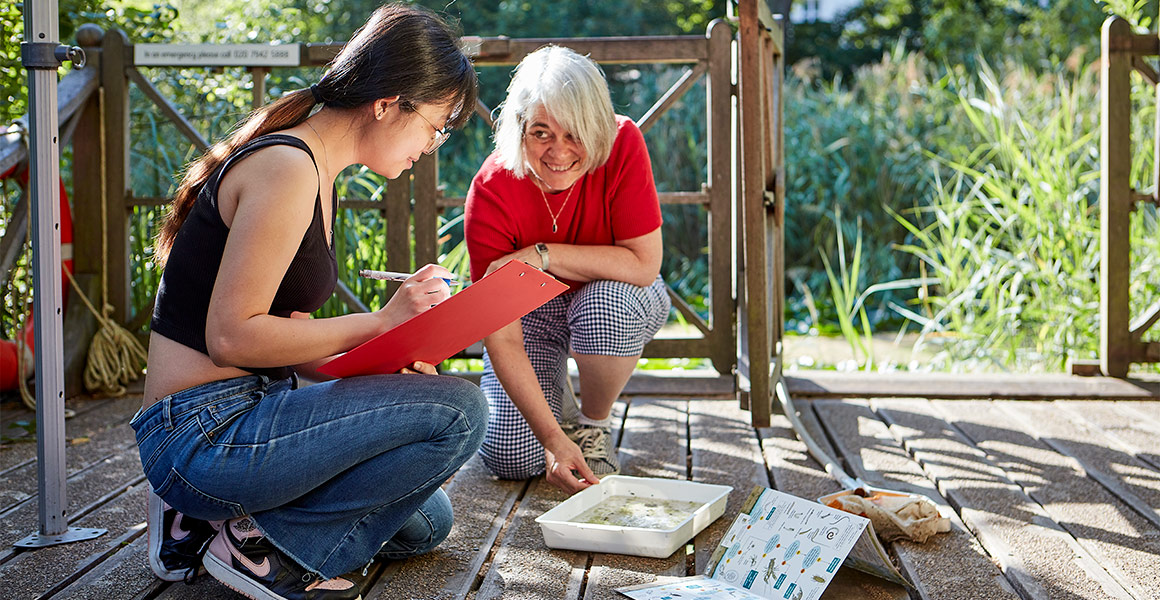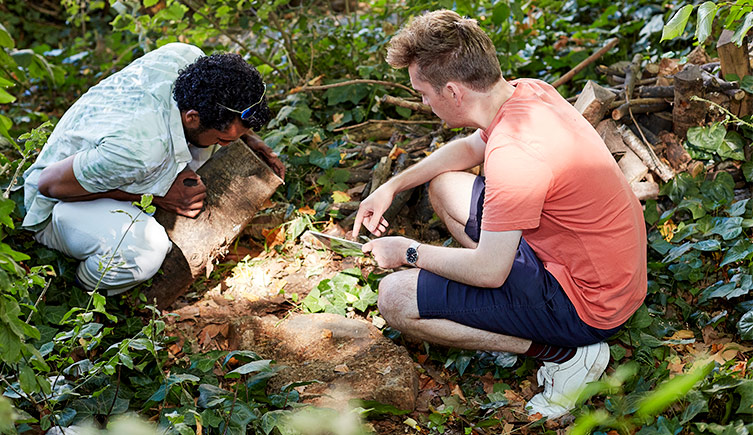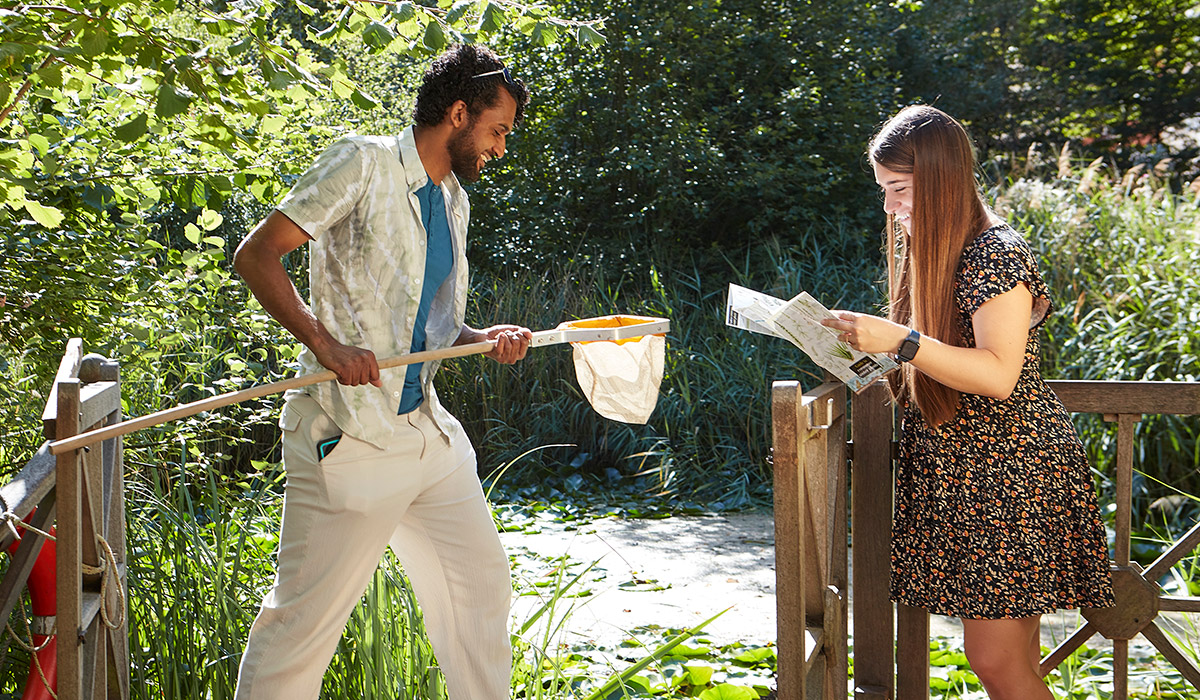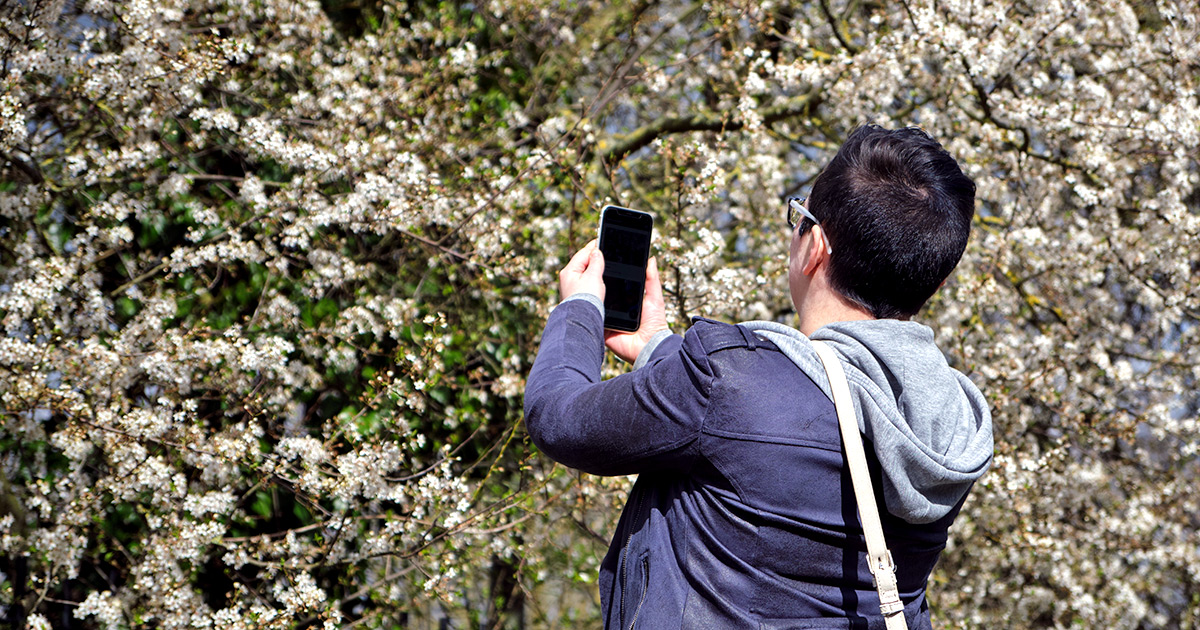What is biological recording?
Did you know that every time you spot a bird, a butterfly, or a flower, you can contribute to valuable wildlife research? This is called biological recording - the scientific study of the location and spread of plants, animals and other living things.
The UK has a rich history of biological recording as people have been recording their observations of wildlife for hundreds of years.
Anyone and everyone can make a biological record: from beginners to experts. Recording wildlife that you have seen is a really valuable way to contribute to the understanding of the natural world, particularly as we are in an era of rapid ecological change due to habitat loss and climate change.
You can make a record even if you don’t know the exact species name of what you have seen. Sometimes, identifying the group or family that it belongs to (for example: a newt, rather than a great crested newt), or taking a good photograph, is enough.
If you are not sure how to identify something from a guide or book, you can ask for help from other naturalists online. There are many social media groups and pages, such as on Facebook and Twitter where you can post a photo and get feedback. For example, the NHM UK Biodiversity Facebook group has over 14,000 members who help each other with identifying wildlife.
It is important to record even common species you may see regularly. These are often under-recorded, and so changes in their abundance and distribution may not be noticeable until it’s too late. They can also be used as a baseline from which to monitor changes in other species and habitats. For example, declines in common birds or insects can indicate habitat loss, pollution, or climate change.





